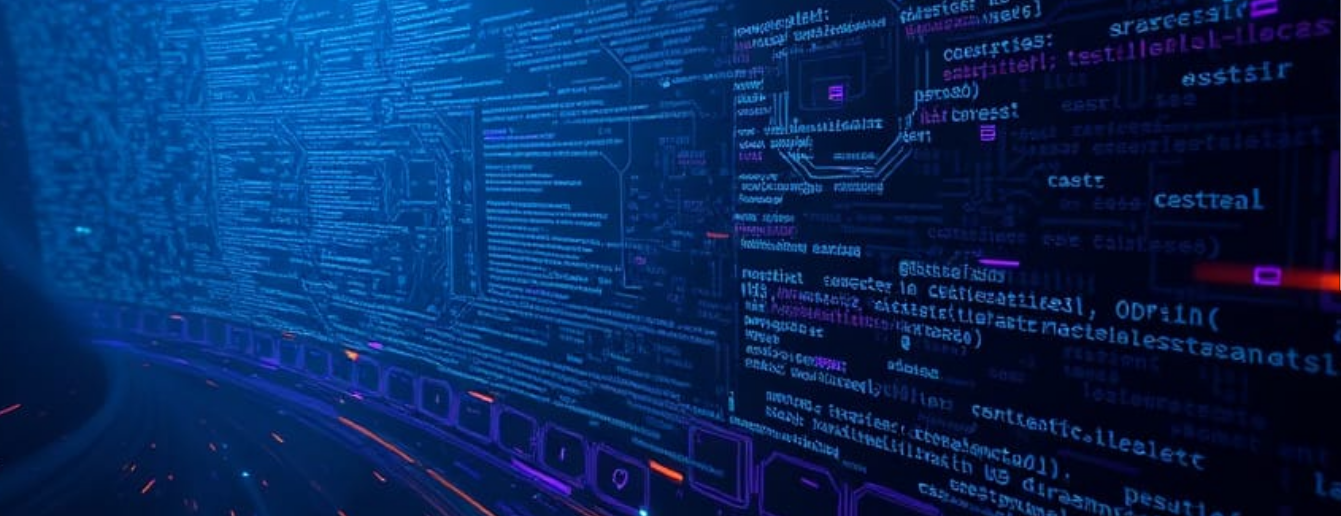Alright, let’s trace the fascinating journey of Neural Networks within the broader history of Artificial Intelligence. For someone new to AI, understanding this evolution is key to grasping where we are today and where the field might be headed.
As we discussed earlier, the early days of AI in the mid-20th century were dominated by symbolic AI. Think of it like programming a computer with explicit rules and logical statements to solve problems. Early successes like programs that could play checkers or prove theorems were built on this foundation. However, this approach struggled with tasks that humans do intuitively, like recognizing images or understanding natural language, which are messy and don’t always follow neat logical rules.
This inherent limitation of symbolic AI paved the way for the emergence of connectionism, the underlying principle behind Neural Networks. The idea, inspired by the structure of the human brain, was to create interconnected networks of simple processing units (neurons) that could learn from data by adjusting the strengths of their connections.
The first wave of Neural Network research took place in the 1950s and 1960s. Pioneers like Frank Rosenblatt developed the Perceptron, a single-layer neural network capable of simple pattern classification. There was significant initial excitement, with some predicting that machines would soon be able to think like humans. However, limitations were soon discovered. Notably, Marvin Minsky and Seymour Papert’s book “Perceptrons” (1969) mathematically demonstrated that single-layer perceptrons couldn’t solve certain fundamental problems, like the XOR (exclusive OR) logic gate. This, coupled with the general limitations of computational power at the time, led to a decline in funding and interest, ushering in the first “AI winter.”
Despite this setback, research on Neural Networks continued quietly in the 1970s and 1980s. Key developments during this period included the invention of the backpropagation algorithm by Paul Werbos and later popularized by Rumelhart, Hinton, and Williams. Back-propagation provided an efficient way to train multi-layer neural networks, overcoming some of the limitations of single-layer perceptrons. These multi-layer networks, also known as Artificial Neural Networks (ANNs), could learn more complex patterns. However, training deep networks (networks with many layers) was still computationally expensive and prone to issues like the vanishing gradient problem, where the learning signal weakens as it propagates through the layers.
The 1990s and early 2000s saw a rise in other machine learning techniques, such as Support Vector Machines (SVMs) and Bayesian networks, which often outperformed shallow neural networks on many tasks with the available data and computing power. Neural Networks took a backseat in the mainstream AI research, although important theoretical work continued.
The 2010s witnessed a dramatic resurgence of Neural Networks, largely due to three key factors:
- The availability of massive datasets: The internet and digital technologies generated unprecedented amounts of data, providing the fuel for training large neural networks.
- Increased computational power: Advances in hardware, particularly the use of Graphics Processing Units (GPUs), provided the necessary computational muscle to train deep and complex neural network architectures.
- Breakthroughs in network architectures and training techniques: Innovations like Convolutional Neural Networks (CNNs) for image recognition and Recurrent Neural Networks (RNNs) for sequential 1 data (like text and speech), along with improved training methods, significantly boosted performance.
This resurgence is often referred to as the “Deep Learning Revolution.” Deep learning, a subfield of machine learning that utilizes deep (multi-layered) neural networks, achieved remarkable success in areas that had long been challenges for AI, including image recognition (as seen with AlexNet in 2012), natural language processing, and speech recognition.
Today, Neural Networks, particularly in their deep learning forms, are at the forefront of AI research and are the driving force behind many of the AI applications we see and use daily. They have become a fundamental tool in the AI toolkit, enabling machines to learn complex patterns from vast amounts of data and achieve impressive feats of intelligence in specific domains. While the journey has had its ups and downs, Neural Networks have proven to be a powerful and versatile approach to building intelligent systems, and their evolution continues to shape the future of AI.
